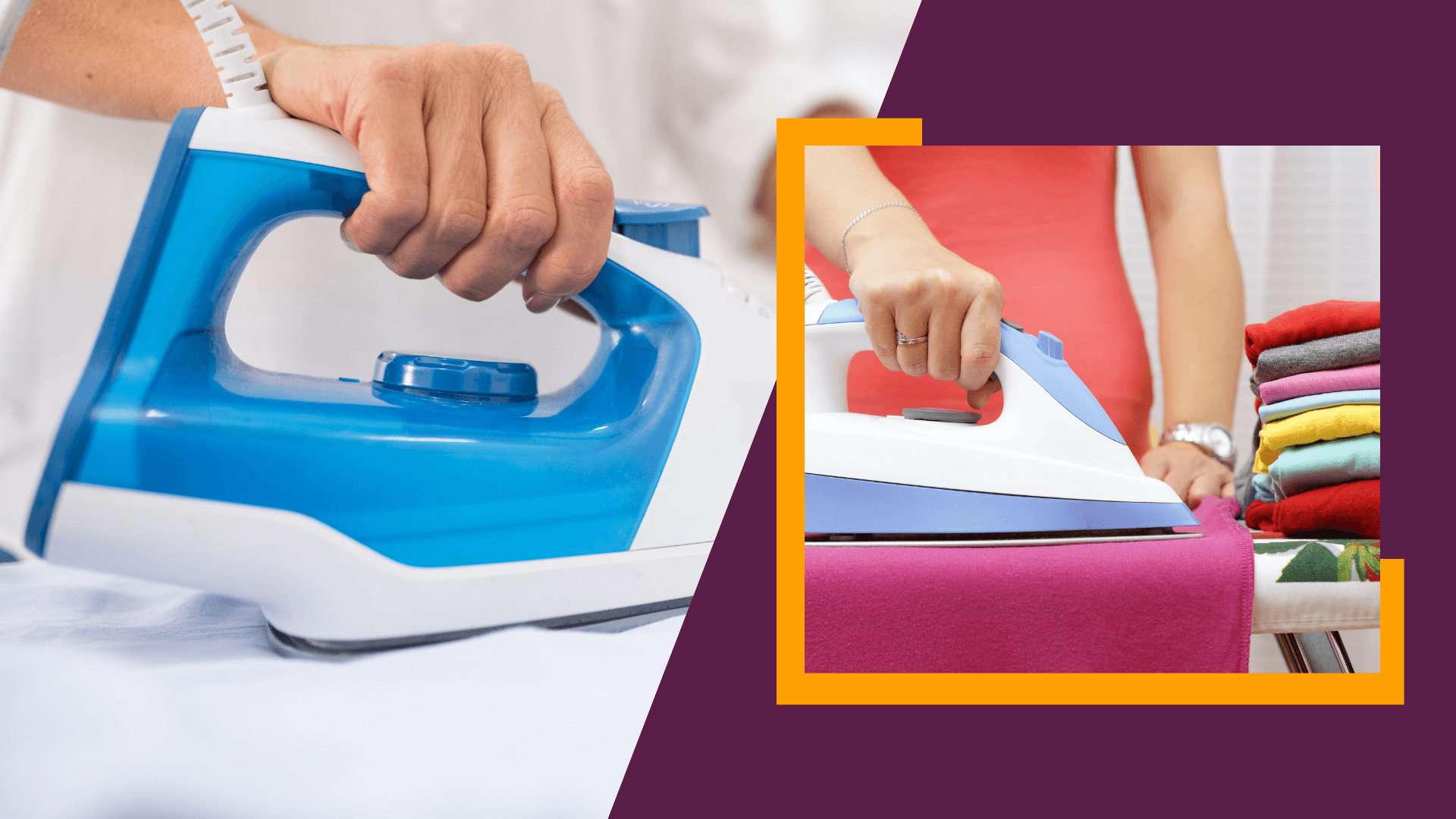Mice can enter through small openings and are attracted to warmth, food residues, and shelter. Signs of infestation include droppings, chewed wires, and nests. To prevent mice from entering, seal openings, keep the area clean, and use deterrents like peppermint or cloves.
If infestation occurs, traps or professional pest control can be used. After removal, thoroughly clean and sanitize the washing machine. Mice can cause damage and health risks, so addressing the issue promptly is important. Regular inspections and maintenance help keep mice away permanently.
Understanding the Behavior of Mice
1. Mice Nesting Habits
Mice are known for squeezing through small openings and finding shelter in warm and hidden areas. They are skilled nest builders and often seek out cozy spots to build their nests, which can provide insulation and protection from predators.
2. Mice Searching for Food and Shelter
Mice are constantly looking for food sources and safe places to nest. They can enter your home through tiny openings, including gaps around pipes, vents, and utility lines. Once inside, they explore their surroundings and may stumble upon your washing machine.
Identifying How do Mice Get in Washing Machine
1. Signs of Mice Infestation
There are a few telltale signs to look out for to determine if mice have invaded your washing machine. These include finding mouse droppings or urine stains near the appliance, chewed wires or hoses, shredded nests, or a musty odor from the machine.
2. Damage Caused by Mice in Washing Machines
Mice can cause significant damage to your washing machine. They may chew through electrical wiring, leading to malfunctions or even electrical hazards. They can also gnaw on rubber hoses, resulting in leaks that can damage your laundry area or the surrounding structures.
3 Reasons Mice Are Attracted to Washing Machines
1. Warmth and Shelter
Washing machines provide a warm and secluded environment that mice find appealing for nesting. The motor and other components generate heat during operation, making it an attractive spot for rodents seeking warmth, especially in colder seasons.
2. Food Residues
Mice are opportunistic feeders who search for food wherever they can. Your washing machine may have food residues such as crumbs or stains from clothes containing food particles. These remnants can lure mice and encourage them to explore the appliance.
3. Access Points
Mice can enter your home through tiny gaps and cracks. If there are openings around the area where your washing machine is installed, it provides an entry point for mice to sneak in and access the appliance.
8 Easy Steps on How Do Mice Get in Washing Machine
Mice can find their way into a washing machine through small openings or gaps in the vicinity of the machine. Here are a few possible ways they might gain access:
1. External Openings
Mice can squeeze through small holes or cracks in walls, floors, or windows near the washing machine. If there are gaps in the plumbing or utility lines leading to the machine, they can use them as entry points as well.
2. Ventilation Ducts
If the washing machine is connected to a ventilation system, mice can potentially enter through the ducts if there are openings or gaps in the ductwork.
3. Cables and Wires
Mice are known to chew through electrical wires and cables. If there are any exposed wires near the washing machine, it could serve as an entry point for them.
4. Nearby Clutter
If there is clutter or storage around the washing machine, such as piles of clothes or boxes, mice can use these as hiding spots and potentially find their way into the machine.
Preventing Tips How Mice Entering Washing Machines
5. Seal Openings and Cracks
Inspect the area around your washing machine and seal any openings or gaps with caulk or other appropriate materials. Pay close attention to areas where utility lines enter your home, as mice can use these as entry points.
6. Keep the Area Clean
Maintaining cleanliness in your laundry area is crucial for deterring mice. Wipe away food residues, sweep up crumbs, and regularly clean the washing machine. This reduces the chances of attracting mice with accessible food sources.
7. Use Deterrents
Mice dislike strong scents such as peppermint, cloves, or ammonia. Consider using natural deterrents like cotton balls soaked in peppermint oil or placing sachets of cloves near your washing machine. This can help repel mice from the vicinity.
8. Regular Maintenance
Perform regular maintenance on your washing machine, including inspecting hoses and wires for signs of damage. Promptly repair any issues to minimize potential entry points for mice.
Relevant Topic: 2o Tips How to Protect Washing Machine from Rats and Mice
How to Remove Mice from Washing Machines
1. Safety Precautions
Before attempting to remove mice from your washing machine, it’s essential to prioritize your safety. Use gloves, a mask, and protective clothing to avoid direct contact with potentially contaminated areas or materials.
2. Traps and Baits
When it comes to removing mice from your washing machine, using traps and baits can be effective. Set up snap or glue traps near the machine, focusing on areas where you suspect the mice are entering or nesting. You can bait the traps with peanut butter or small pieces of cheese to attract them.
If you prefer a more humane approach, you can use live traps to catch the mice without harming them. Once caught, release them far away from your home in an appropriate outdoor location.
Professional Pest Control
If the infestation is severe or you cannot effectively remove the mice, it’s advisable to seek professional pest control services. Pest control experts have the knowledge, experience, and tools to safely and efficiently eliminate mice from your washing machine and prevent further infestations.
Related: How to Get a Mouse Out of Washing Machine
How to Clean and Sanitize the Washing Machine After Removing The Mice
After removing the mice, cleaning and sanitizing your washing machine thoroughly is crucial. Start by disconnecting the machine from the power source. Remove nests, droppings, or debris using gloves and a damp cloth. Disinfect the machine’s interior with a mild bleach solution or a commercial disinfectant designed for washing machines.
Tips
Run a hot water cycle without any clothes, add a cup of white vinegar to eliminate any remaining odors, and sanitize the interior further.
How to Get a Mice Out from Under the Washing Machine
To get a mouse out from under the washing machine, follow these steps:
- Stay calm and avoid making sudden movements or loud noises that could startle the mouse further under the machine.
- Disconnect the washing machine from the power source to ensure your safety.
- Create an escape route for the mouse by propping up the front of the washing machine with a sturdy object, such as a wooden block or book. This will create enough space for the mouse to exit.
- Place a humane live trap near the opening or the path the mouse is likely to take. Bait the trap with enticing food, such as peanut butter or cheese.
- Create a trail of treats leading from under the washing machine to the trap to encourage the mouse to move toward it.
- Give the mouse time to come out on its own. Be patient and monitor the situation from a safe distance.
- Once the mouse enters the trap, carefully and gently close the trap door to secure the mouse inside.
- Take the trapped mouse far away from your home and release it in a suitable outdoor location, away from human habitation.
- After successfully removing the mouse, thoroughly clean the area under the washing machine to eliminate any remaining traces of odor or potential attraction for other pests.
Mice Living in Stove Insulation
Having mice living in stove insulation can pose various problems. The warm and enclosed space of stove insulation provides an attractive nesting site for mice. They can cause damage to the insulation, chew on wires, and create a fire hazard.
To address this issue, it is important to remove the mice from the stove and thoroughly clean the area. Seal any openings or gaps that may serve as entry points for mice. Regular inspections and maintenance will help prevent mice from returning to the stove insulation and ensure your appliance’s safety and proper functioning.
Mice in Oven Drawer
Discovering mice in your oven drawer can be concerning. Mice may seek shelter in the warm and hidden space of the drawer, potentially causing damage and hygiene issues. To address this problem, remove any food sources from the area and thoroughly clean the drawer. Seal any openings or gaps that mice may use to access the oven.
Regular inspections and preventive measures will help prevent mice from returning to the oven drawer, ensuring a clean and pest-free kitchen environment.
Recommended Topic: How to Wash Rat Fleece and Hammocks in the Washing Machine
If you want to read all the laundry related articles, visit here. Visit here for the 10 best washing machine cleaner, visit homyclean for Products Review.
Conclusion
Discovering mice in your washing machine can be a surprising and frustrating experience. Understanding their behavior and taking preventive measures can minimize the risk of mice infestation in your laundry area. Seal openings, keep the area clean, and use deterrents to discourage mice from entering. If infestation occurs, safely remove the mice using traps or seek professional pest control. Remember to thoroughly clean and sanitize your washing machine afterward.
FAQs – How Do Mice Get in Washing Machine
Can mice cause damage to other appliances?
Yes, mice can damage other appliances by chewing on wires and cables, leading to malfunctions or electrical hazards.
How do mice enter the house in the first place?
Mice can enter through small openings, gaps, or cracks around utility lines, pipes, doors, and windows. They are excellent climbers and can also gain entry through vents and rooflines.
Are there any health risks associated with mice infestation?
Yes, mice infestation can pose health risks as they can contaminate surfaces with their droppings, urine, and saliva. This can lead to the spread of diseases and trigger allergies or respiratory issues.
Can I use ultrasonic devices to repel mice?
While ultrasonic devices claim to repel mice, their effectiveness is often debated. Some studies suggest limited success, while others indicate little to no impact on mice behavior.
How often should I check for mice in my washing machine?
It’s a good practice to periodically inspect your washing machine for signs of mice, especially if you live in an area prone to mouse infestations. Regularly check for droppings, gnaw marks, or any unusual smells to catch any potential infestation early.
Can mice damage washing machine?
Yes, mice can damage washing machines by chewing on electrical wiring, rubber hoses, and other components. This can lead to malfunctions, leaks, and potential safety hazards.
Can mice come through a washing machine drain?
Mice are unlikely to come through a washing machine drain as the drain pipe is too small to pass through. However, they can enter the laundry area through other openings or gaps.
Can you wash clothes that mice have touched?
It is generally safe to wash clothes that mice have touched. Use hot water and regular laundry detergent to clean the clothes thoroughly. However, if there are visible signs of damage or contamination, it’s advisable to discard those items.
What happens if a mouse gets in your clothes?
If a mouse gets in your clothes, it may leave droppings, urine, or hair behind. This can lead to potential contamination and hygiene concerns. It’s important to thoroughly wash the affected clothes to ensure cleanliness and eliminate health risks.
Are mice attracted to dirty laundry?
Mice are not particularly attracted to dirty laundry itself. However, if dirty laundry contains food residues or strong odors, it can attract mice. Keeping the laundry area clean and ensuring no food particles are present is essential to discourage mice from being attracted to the area.
What smell keeps mice away?
Mice are repelled by strong scents such as peppermint, cloves, or ammonia. These smells can deter them from entering certain areas. Using cotton balls soaked in peppermint oil or placing sachets of cloves near potential entry points can help keep mice away.
How do you keep mice away permanently?
To keep mice away permanently, it’s important to seal all potential entry points in your home, including gaps, cracks, and openings. Keep your home clean, free of food residues, and regularly inspect for signs of infestation. Consider using deterrents or seeking professional pest control for persistent mouse problems.
What is a good home remedy for mice?
A good home remedy to deter mice is to sprinkle powdered cinnamon or cayenne pepper near their entry points. Mice dislike the strong scent of these spices and are likely to avoid areas treated with them. However, it’s important to note that home remedies may not be as effective as professional pest control methods.
What noise scares mice?
Loud and sudden noises can startle and scare mice, temporarily causing them to flee. You can use devices that emit ultrasonic sounds or set up noisemakers like a radio or ultrasonic pest repellent. However, mice can become accustomed to constant noises, so it may not be a foolproof method for long-term deterrence.





